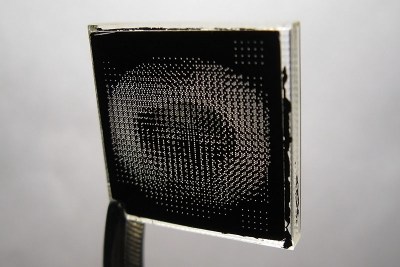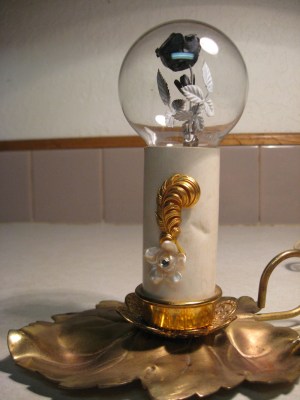When humans counted on their fingers, everyone had a state-of-the-art (at the time) calculator at all times. But as we got smarter about calculation, we missed that convenience. When slide rules were king, techies were known to carry them around like swords swinging from their belts. These were replaced with electronic calculators, some also swinging from belt loops, but no matter how small they were, they still were not that handy, no pun intended. That changed around 1975. The Time Computer Calculator company produced an amazing calculator watch for Pulsar. At the time, Pulsar was a brand of the Hamilton Watch Company.
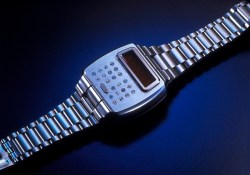
There were a few problems. First, the watch was thick. Despite its size, it had tiny keys, so you had to use a little stylus to push the keys — not as handy as you might wish. On top of that, 1975 display technology used power-hungry LEDs. So, the display was prone to turning off quickly, and the batteries died quickly.
Unsurprisingly, Hamilton, in conjunction with Electro/Data, had earlier rolled out the first LED watch in 1972. With an 18-karat gold case, it went for a cool $2,100 — a whole lot of money in 1972. The first calculator watch was also gold and went for almost $4,000. Soon, though, they brought out a stainless and a gold-filled version that came in at under $500.


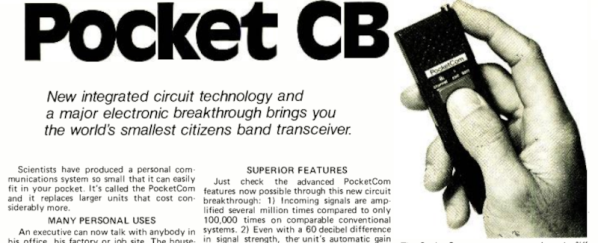
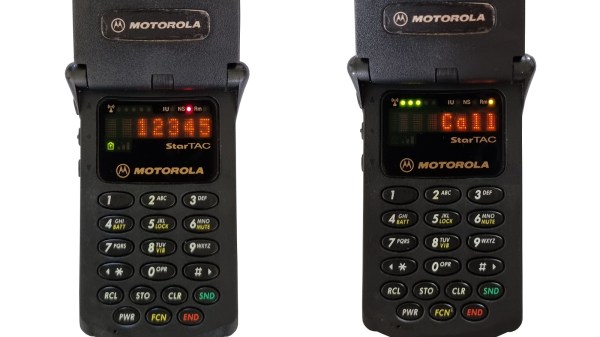



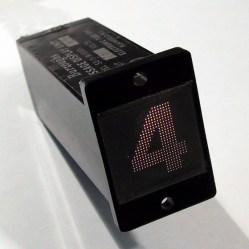 Ever heard of a sphericular display? [AnubisTTP] laid hands on
Ever heard of a sphericular display? [AnubisTTP] laid hands on 